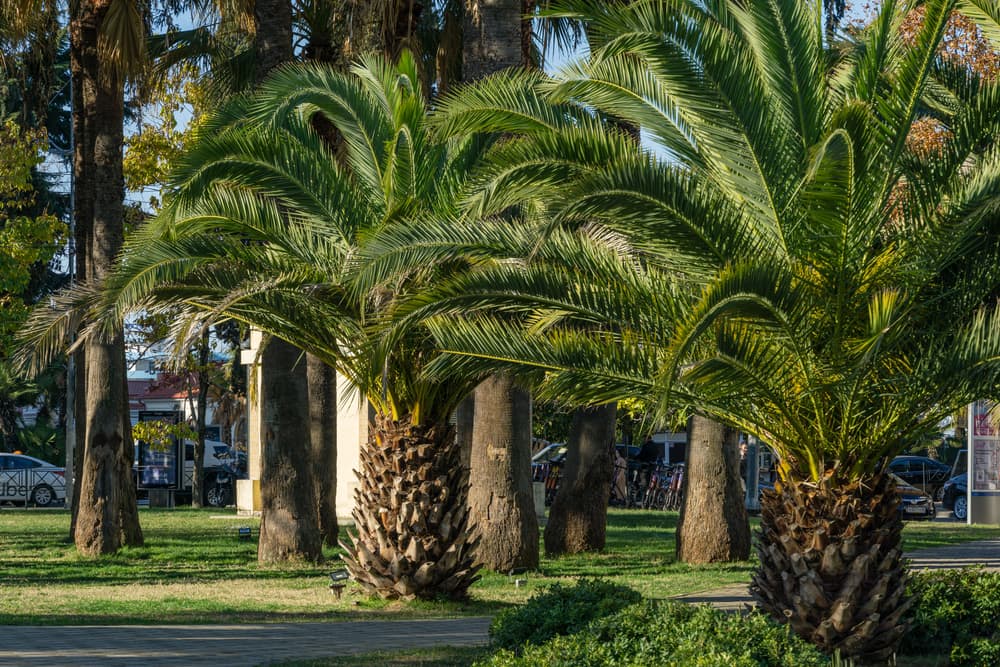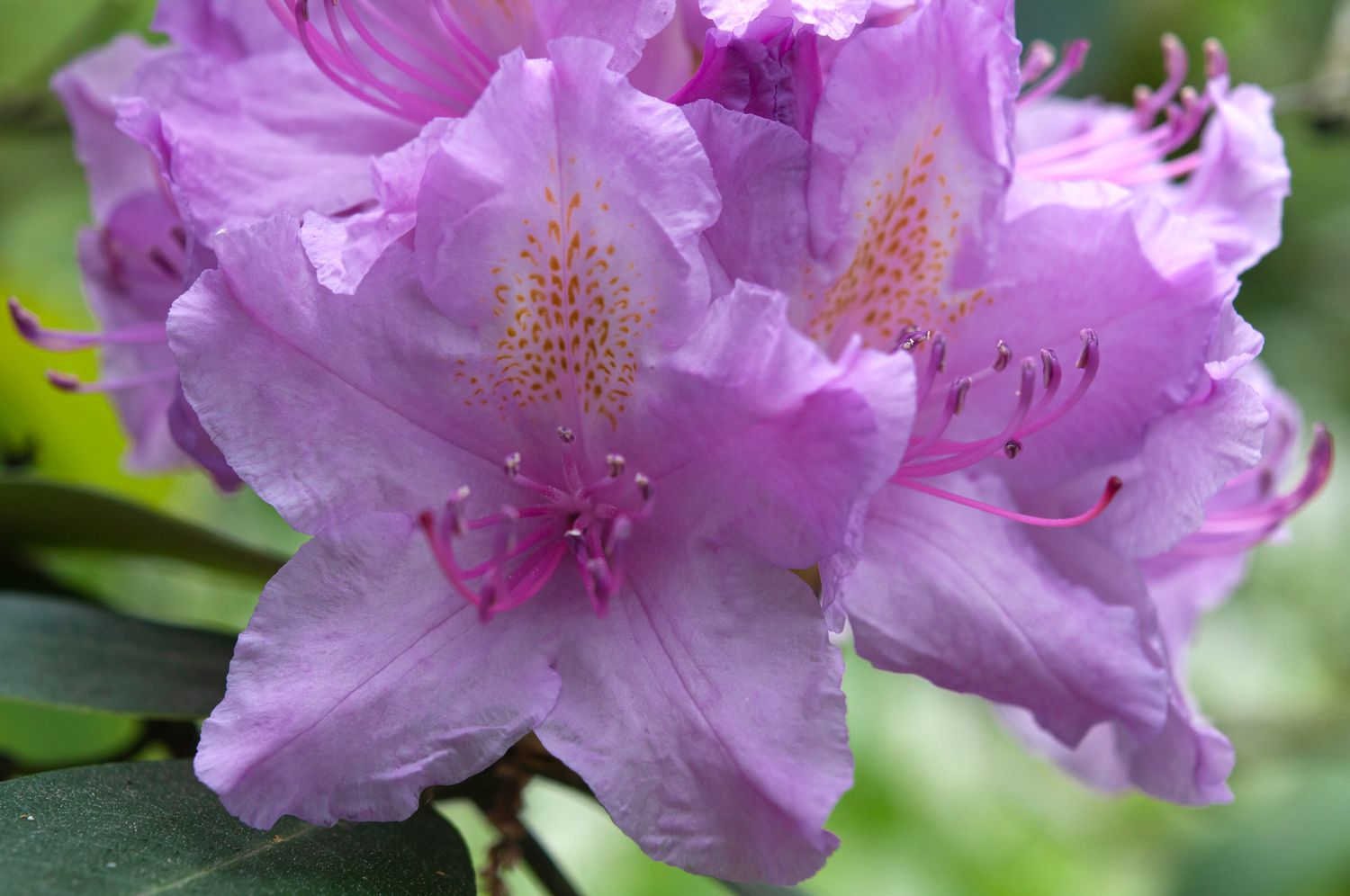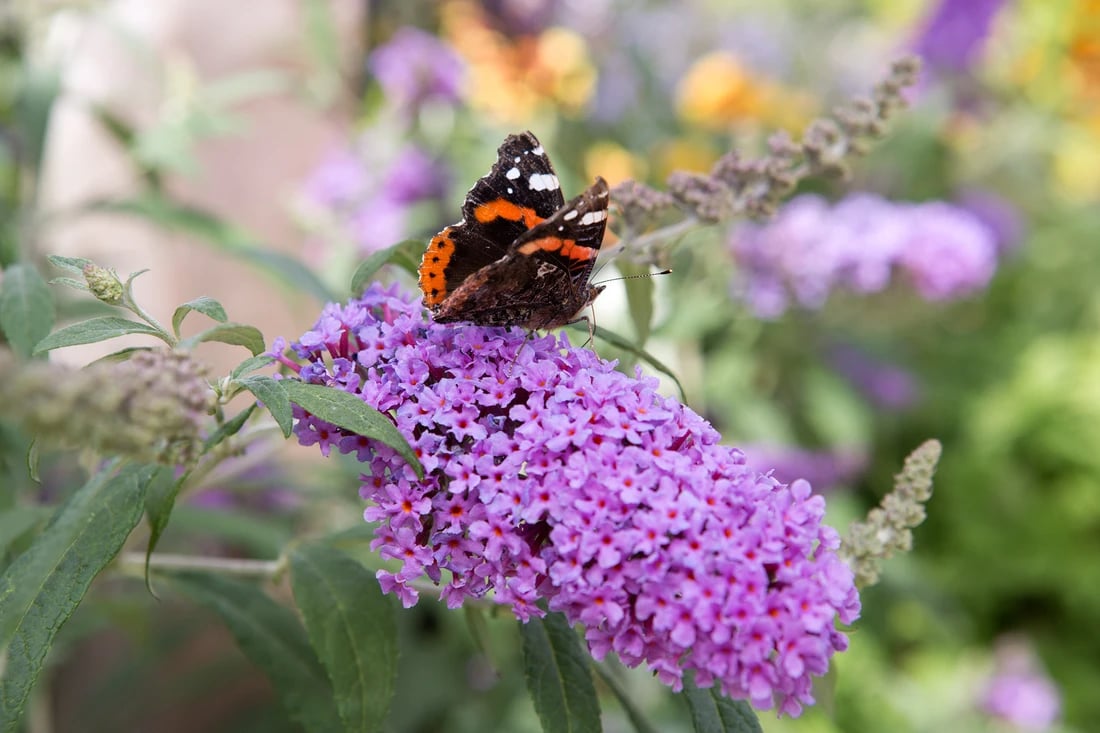Learn How To Grow & Care For Basil Plant [UK]
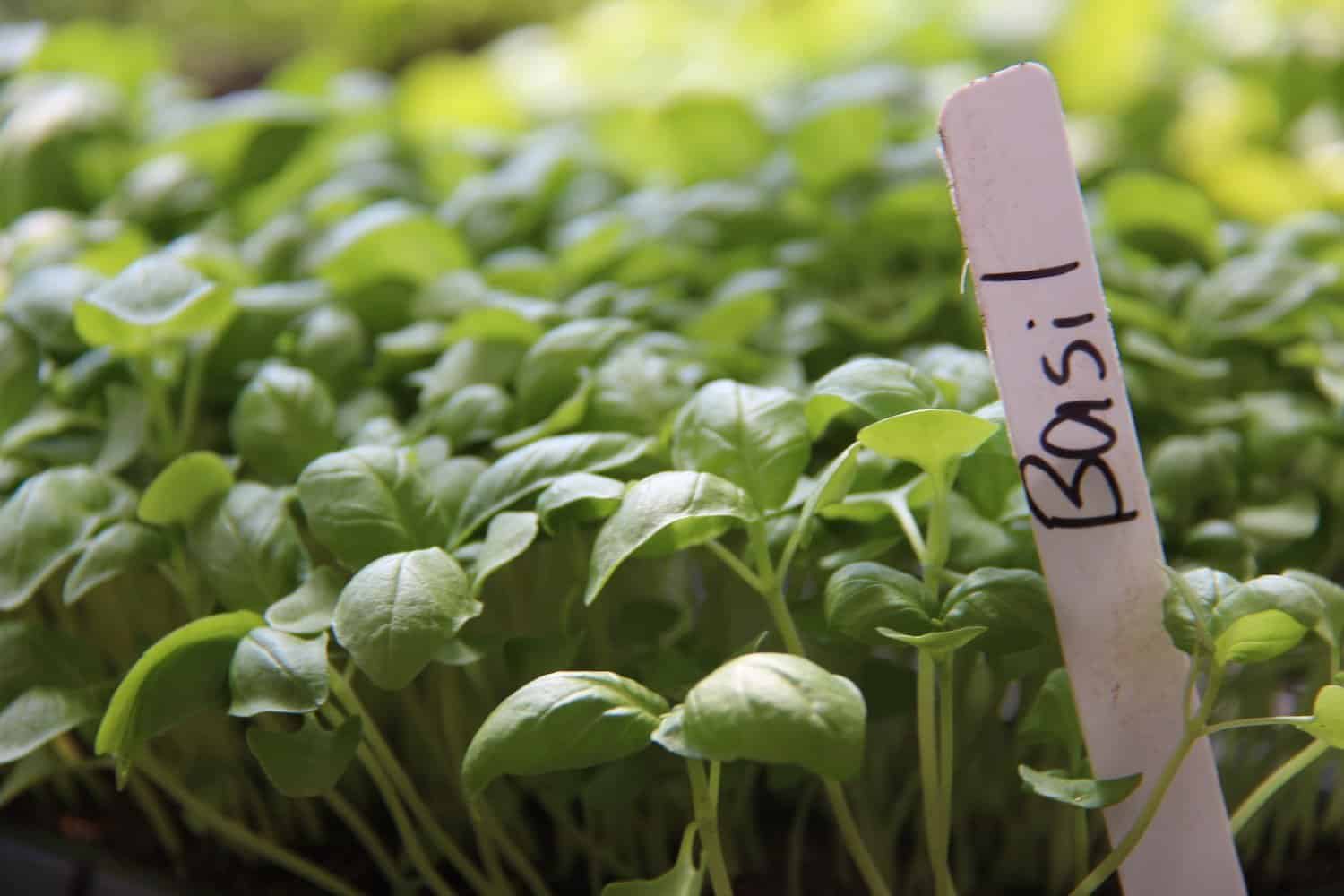
Table of Contents
Basil is a widely used and well-liked herb in the UK. It is mainly used in Italian cooking, where it is a vital component of meals like pizza and pasta. It can be eaten fresh in salads and is a crucial part of pesto sauce. Basil is a herb that originated in India and is currently grown throughout the Mediterranean organically. It is commonly used in Mediterranean cuisine. Basil is a gratifying and simple herb to grow, and even while it thrives in the soil of the UK, it can be cultivated in pots on a kitchen windowsill or in a greenhouse.
Basil Varieties
Basil has so many types that you could use to fill your entire herb garden. Listed here are some that can grow well outdoors in your garden in the UK:
1. Sweet Basil
This basil is available in most grocery stores and is a popular cultivar. The leaves of this type have a medium green colour and a round shape.
2. Thai Sweet Basil
Thai basil grows similarly to other varieties of basil but has smaller, pointed leaves that are slightly spicy and retain their flavour well when used in stir-fries.
3. Purple Basil
Although this type doesn’t have a strong flavour, it gives your dishes and gardens a stunning crimson colour.
How to Grow Basil Outdoors in the UK
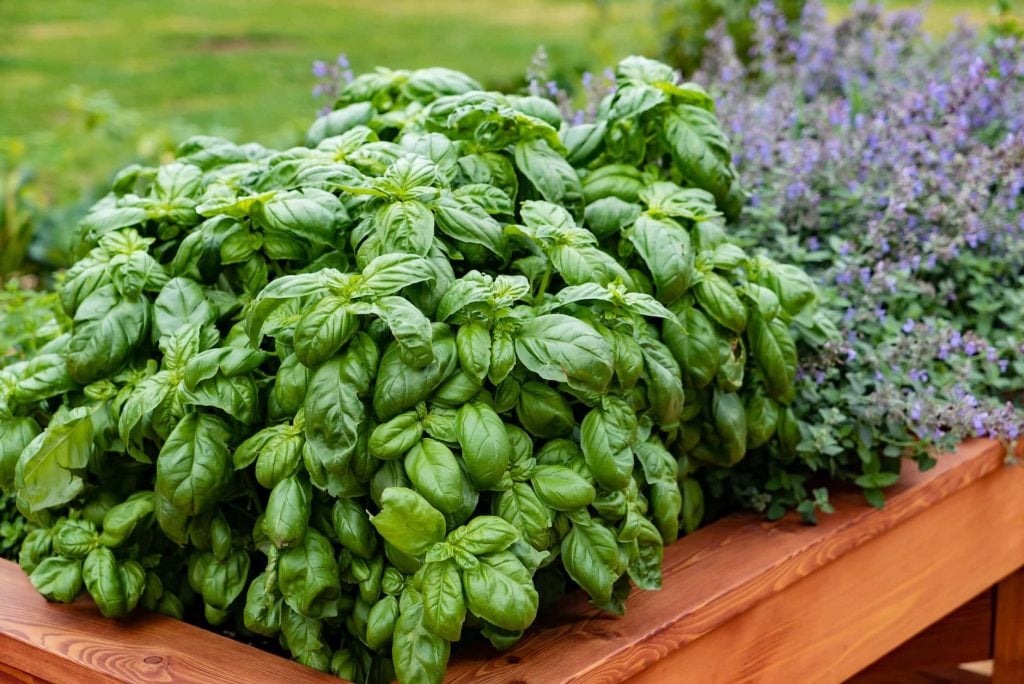
If you want to grow basil outside, start by sowing the seeds indoors in pots in the spring. Your location’s hardiness zone will determine this. Start by planting the seeds in tiny pots filled with moist multipurpose compost devoid of peat. Afterwards, place the pots in a propagator or wrap them in freezer bags before covering the seeds with a thin vermiculite coating. When the seeds have sprouted, remove the covering and watch for the first genuine leaves to appear. Transfer the seedlings to individual 3.5-inch pots once they are big enough to handle.
When to Plant Basil Outdoors
Melinda Myers, a gardening expert, advises against transplanting basil into the garden until the soil and air have warmed up. Young basil plants that were established indoors should only be transplanted outdoors after the last frost, which can occur in early summer in certain areas or spring in warmer climates. Cold weather can harm plants and raise the possibility of downy mildew, which can cause blackened leaves and other damage. Before putting the basil plants outside, it is advised to give them about two weeks to become used to the outside by keeping them inside at night and moving them to a position that is gently shaded and protected during the day. Before planting, Lucy Hutchings suggests waiting until the nighttime low is around 50 degrees.
Where to Grow Basil Outdoors
When planting your basil outside, choose a protected, sunny spot with well-drained soil for the best growth. Basil is a beautiful addition to tiny vegetable gardens since it works well with tomato plants. Celebrity gardener Monty Don advises placing plants 4 inches tall at least 9 inches apart to allow for healthy basil growth.
Caring for Basil Plants
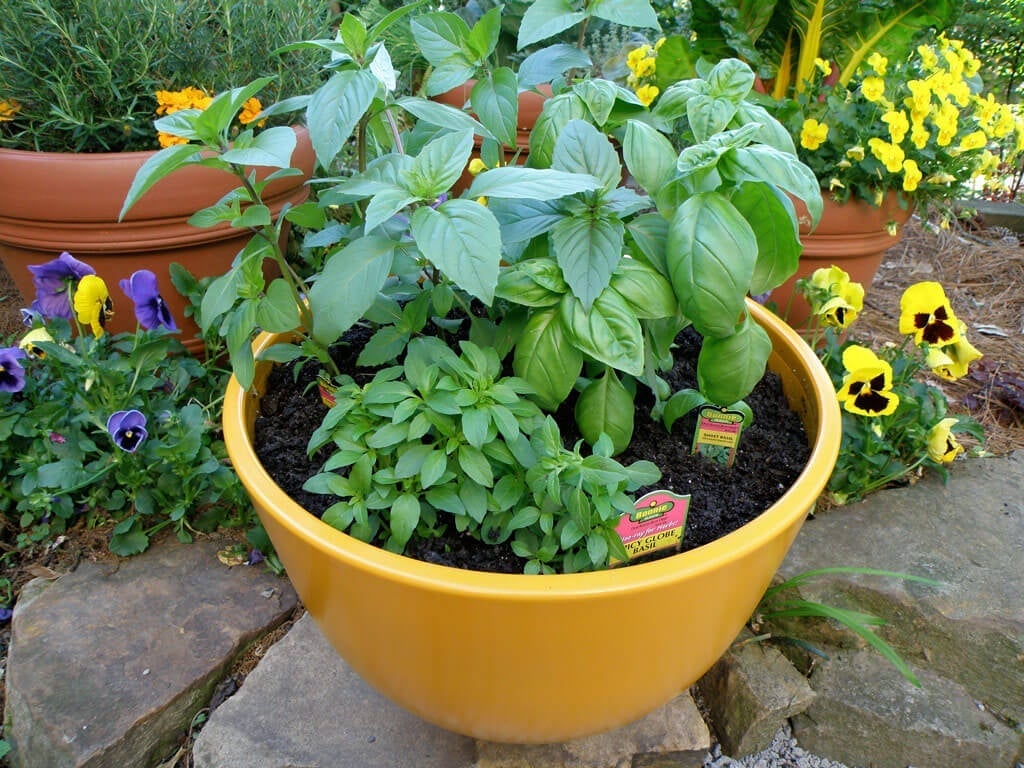
To continue producing flavorful leaves, basil plants do require some maintenance. To maintain the health of your plants, learn how to prune basil and take care of them as recommended below:
1. Watering
Basil needs regular watering to stay healthy, especially when it’s hot outside and planted in a container, where it can easily dry out. Basil doesn’t enjoy having wet roots overnight, so try to water them in the morning and avoid sprinkling water on the leaves.
2. Feeding
Use a balanced liquid fertilizer on basil plants to promote leafy development; avoid potassium-rich fertilizers like tomato feed, which encourage flowering.
3. Weeding
To avoid competition for light and water, basil plants need to have their surrounding areas regularly weeded.
4. Pruning
Pick basil’s leaves and tips sparingly and frequently from July to September if you’re growing it outdoors, from autumn through winter if you’re growing it indoors, or bring outdoor plants inside before the first frost. You can harvest a lot, but leave at least three pairs of side shoots for regeneration.
5. Taking Flowers Out
Remove any blossom stems when you spot them to postpone basil’s typical mid to late-summer flowering and prolong leaf quality. It’s best to eventually let the plants bloom because the basil’s flowers are a source of nutrition for bees and other insects.
6. Propagating
Basil is commonly grown from seeds; however, cuttings can be used to establish new plants quickly. Remove the lower leaves from a non-flowering shoot, pinch out the tip, and then place the cutting in a water-filled jar. After a few weeks, the cutting can be put in a pot of multipurpose compost after rapidly developing roots.
How to Harvest Basil
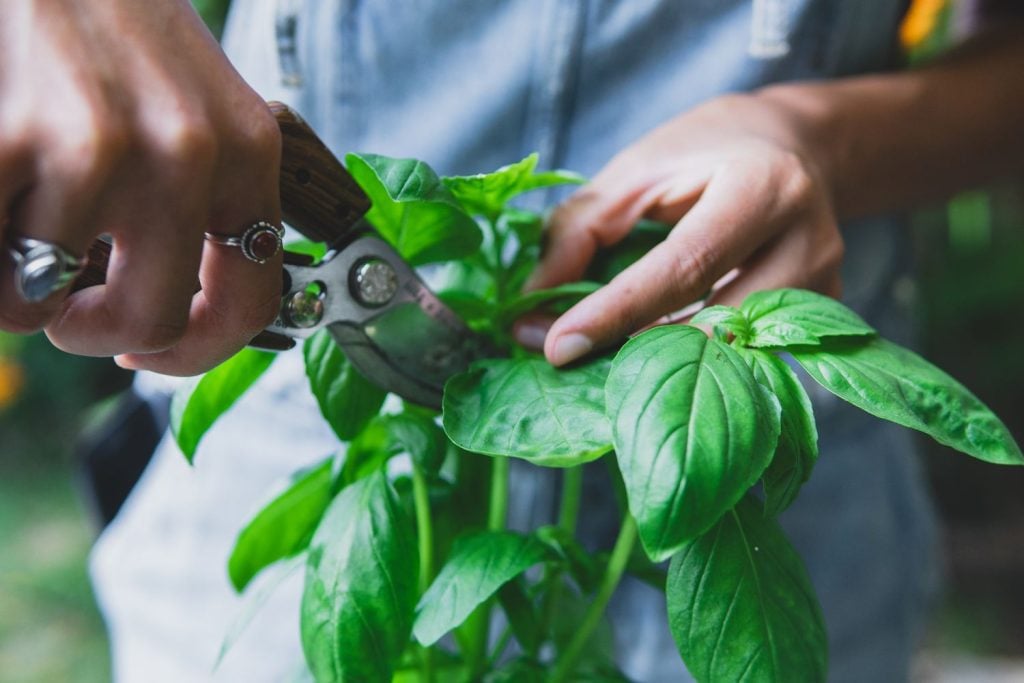
- During the summer, basil plants can be collected in their whole or just the needed leaves.
- It is advised to cut off the tips of plants if you only need a few leaves to promote bushy development.
- Alternatively, after a few weeks, you can harvest basil seedlings, which are nutrient- and flavour-rich.
- Although the flavour of basil flowers is softer than the leaves, they are nonetheless edible.
- While it is ideal to use freshly picked basil, you may store sprigs for a few days if you change the water daily in a pot of water.
- Basil leaves might degrade if they are kept in the refrigerator.
Common Pest or Disease Problems of Basil Plants
- Bacteria from dirt spilt onto basil leaves might result in black patches on the leaves. When watering, try to avoid splashing the foliage.
- A white powdery deposit on basil leaves indicates the presence of powdery mildew, a fungal disease. Plants under stress from drought are more vulnerable to this illness. Dig organic material into the ground before planting to help the soil retain moisture. When planting, position plants far apart to allow for enough air circulation.
- Basil plants can be stripped naked by slugs and snails. Slugs and snails should be manually removed from plants at night. Adding grit or crushed eggshells to the soil around plants may be helpful, and utilizing environmentally friendly slug pellets is also an option.
- Glasshouse whiteflies feed on plant sap and excrete a sticky material promoting brownish mould development. They can spread viruses as well. A parasitoid wasp can be used as biological control, weeds that can host whiteflies should not be allowed in gardens, and chemical sprays safe for edible plants can all be used as control measures.
- A sap-sucking mite known as the “glasshouse red spider mite” can seriously harm plants. Make sure greenhouses have adequate ventilation, sprinkle plants to increase humidity, employ a predatory mite as biological control, and utilize pesticide sprays that are safe for edible plants to prevent it.
Frequently Asked Questions
What is the Best Growing Method for Basil?
The best approach to cultivating basil can vary depending on the season you are growing it in and the climate where you live. Growing basil indoors is popular because it may flourish on a warm, sunny windowsill, and the flavorful leaves can then be easily accessible for cooking.
My Basil Plant is Fading; Why?
There may be a few causes for the wilting of your basil plant. First, examine the soil. Basil likes slightly moist soil that is neither too wet nor too dry. The soil should be moist but not drenched. Even though basil enjoys warm weather, a harsh noon sun can be unpleasant.
How Much Sun is Required for Basil to Grow?
Basil benefits from at least 6 to 8 hours of direct sunshine each day to develop. Watching the sun patterns in the area where you are growing this fragrant herb is part of understanding how to take care of basil. Your plant will grow large and gorgeous for several months of the year with adequate sunlight.
What is the Lifespan of Basil?
Although Basils can endure a few more years if taken indoors and tended for over the winter, it is often handled as an annual.
What Indicates Overwatering in Basil?
A plant’s pale or withered leaves could indicate stress, illness, or root rot. The leaves start looking a lighter green before gradually turning yellow. This may occur if the plant doesn’t get enough nutrients or water or if its roots become clogged with water and start to rot. You can feel the root and look for softness or deterioration for root rot symptoms.
Is It Better to Take Basil Leaves From the Top or Bottom of The Stem?
Like many other herbs, basil is grown for its foliage rather than fruit or flowers. Always trim leaves from the plant’s top. Pinch out the top of the stem rather than chopping the leaves off one at a time. A flower stalk and a pair of full-sized leaves sprouting below the tip and the little new leaves should be included.

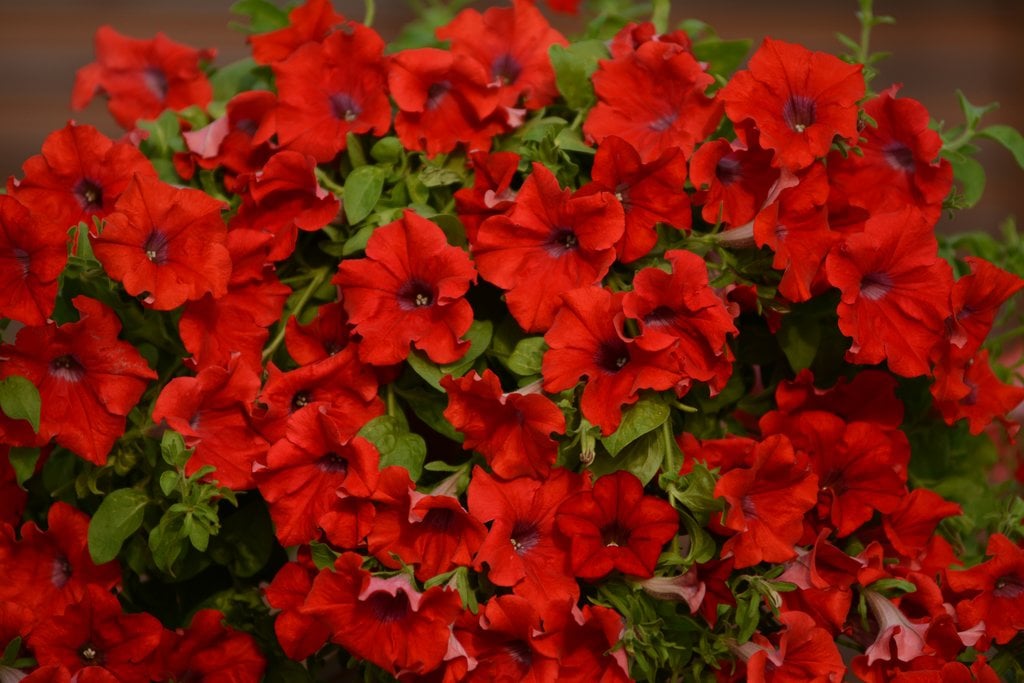
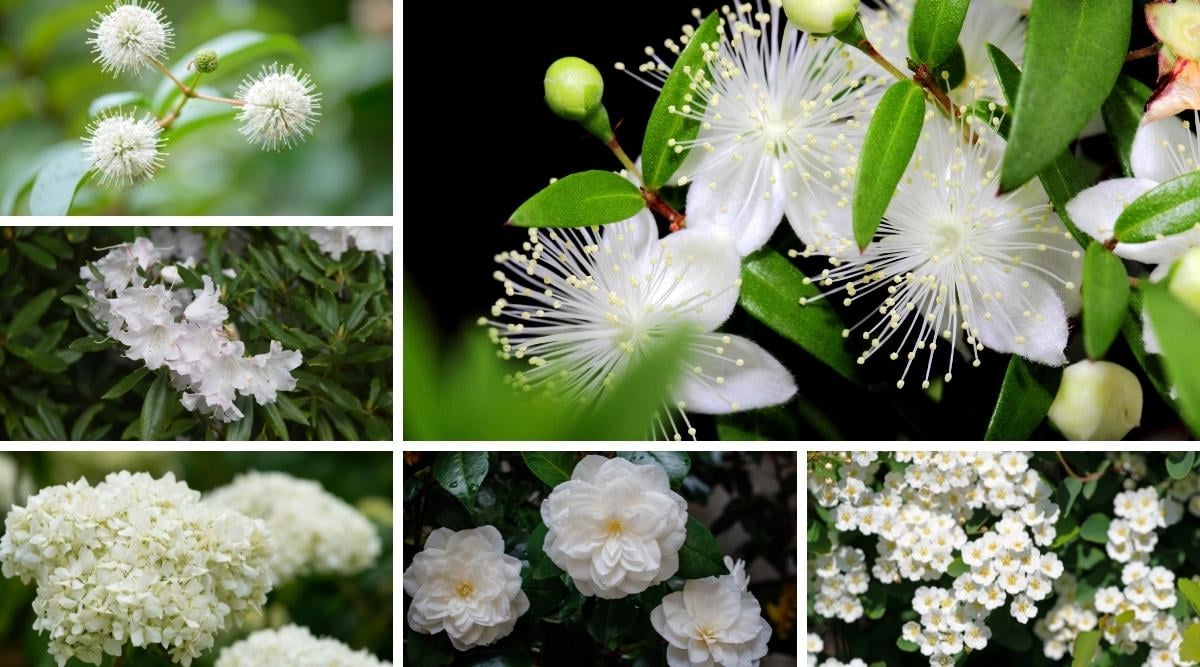
![Learn How to Grow and Care for Figs Tree with These Tips [UK]](https://staging.thearches.co.uk/wp-content/uploads/How-To-Grow-Care-For-A-Fig-Tree.jpeg)
